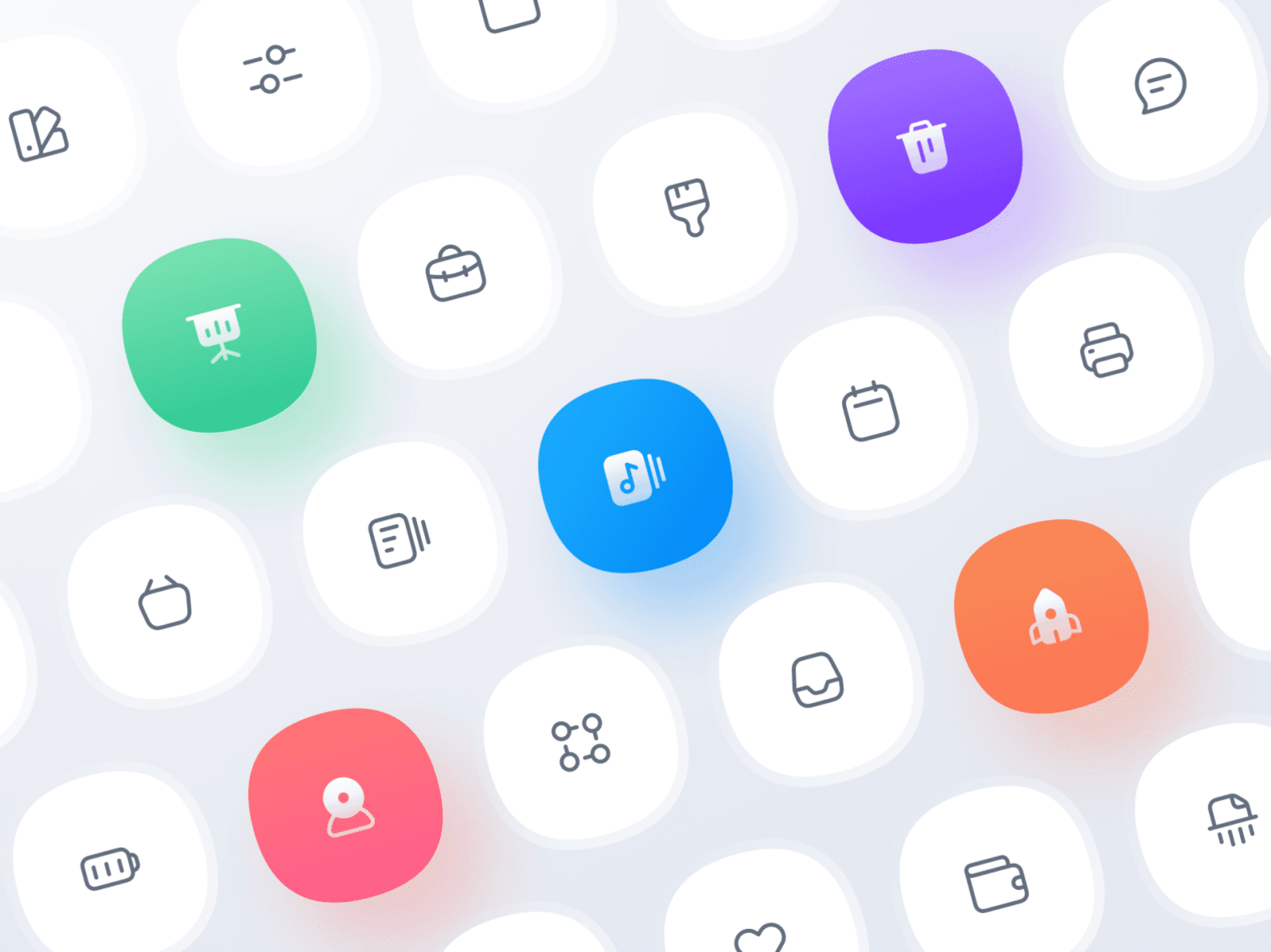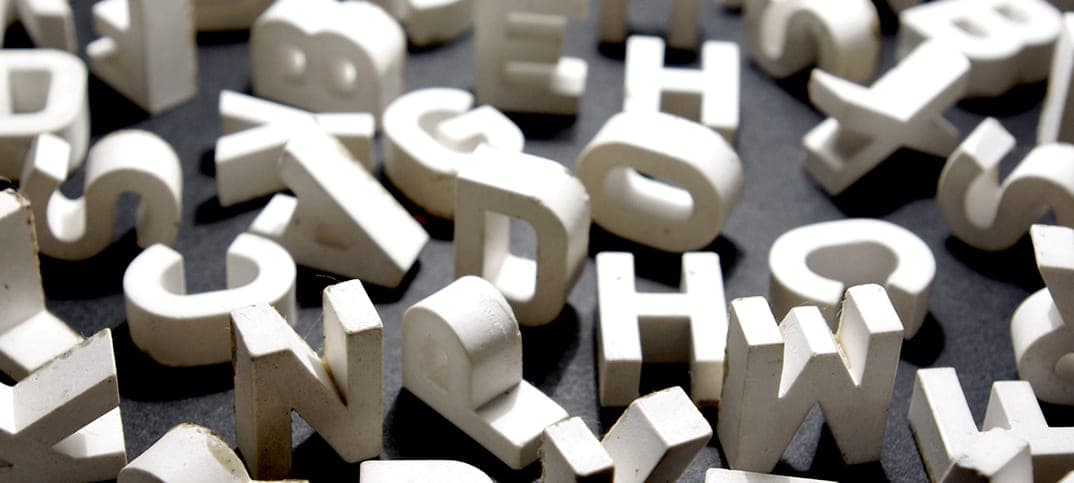Creating a memorable logo or icon is a cornerstone of branding success. These design elements serve as the visual shorthand for a brand's identity, conveying its mission, values, and personality in a single glance. In this article, we’ll explore what makes a logo or icon effective, highlight successful examples, and uncover the key concepts behind their triumphs.
![]()
1. Simplicity: Less is More
One of the most critical principles of logo and icon design is simplicity. A clean, straightforward design ensures that the logo or icon is easily recognizable and memorable.
Example:
The Apple logo is a prime example of simplicity. Its sleek, minimalist design—a bitten apple—conveys innovation and sophistication.
- Why it works: The simplicity allows the logo to be versatile across different mediums, from packaging to digital interfaces, while remaining instantly recognizable.
2. Relevance: Telling the Brand Story
A great logo or icon aligns with the brand's core identity and tells its story visually.
Example:
The FedEx logo incorporates a hidden arrow between the "E" and the "x," symbolizing precision and forward movement.
- Why it works: The arrow subtly reinforces the company’s focus on speed and reliability, resonating with its mission.
3. Versatility: Adapting Across Mediums
A good logo or icon must perform well in various contexts, whether it’s a billboard, a mobile app icon, or a product label.
The Nike swoosh is universally adaptable, looking equally impactful on a shoe, a digital ad, or a jersey.
- Why it works: Its simplicity and boldness allow it to remain effective regardless of size or color.
4. Scalability: Clarity at Every Size
Scalability ensures the logo or icon retains clarity and impact, no matter its size.
The Twitter bird icon is a perfect example of scalability. It remains crisp and recognizable from a tiny app icon to a large-scale billboard.
- Why it works: The design is free of unnecessary details, ensuring visual clarity even at smaller sizes.
5. Timelessness: Avoiding Trends
Timeless logos transcend design trends to maintain their relevance over decades.
Example:
The Coca-Cola logo has remained virtually unchanged since its creation in the late 19th century.
- Why it works: Its classic script font and cohesive design ensure longevity, establishing a strong emotional connection with audiences.
6. Uniqueness: Standing Out in a Crowd
In a world filled with brands, a distinctive logo or icon is vital for differentiation.
Spotify's circular logo, featuring radiating sound waves, sets it apart in the competitive streaming industry.
- Why it works: The unique representation of sound waves ties directly to the platform's purpose while being visually distinctive.
7. Emotional Impact: Creating a Connection
Logos and icons that evoke emotions establish deeper connections with audiences.
Example: WWF (World Wildlife Fund)
The WWF panda logo evokes feelings of care, compassion, and a call to protect wildlife.
- Why it works: Its use of a recognizable and emotionally resonant symbol aligns perfectly with the organization’s mission.
Final Thoughts
Creating a successful logo or icon is a blend of art and strategy. By focusing on simplicity, relevance, versatility, scalability, timelessness, uniqueness, and emotional impact, designers can craft visuals that resonate with audiences and stand the test of time.
Remember, a great logo or icon isn’t just about aesthetics—it’s about embodying a brand's identity in a way that connects with its audience. Whether you're designing for a tech startup or a global non-profit, applying these principles will ensure your logo or icon leaves a lasting impression.
"A strong logo is the face of your brand—a silent ambassador speaking volumes about who you are."
























